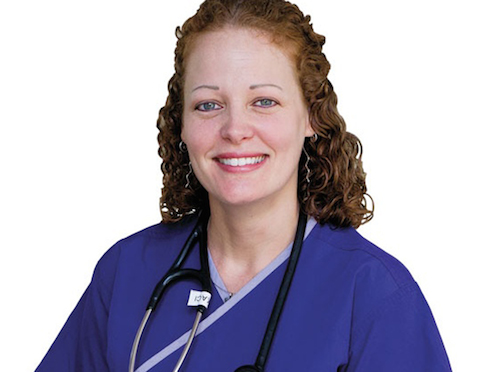Key events in the spread of Ebola
 Sanitized gloves and boots hang to dry as a burial team collects Ebola victims for cremation in Monrovia, Liberia, on Oct. 2. (John Moore / Getty Images)
Sanitized gloves and boots hang to dry as a burial team collects Ebola victims for cremation in Monrovia, Liberia, on Oct. 2. (John Moore / Getty Images)
It began in December 2013 in a village deep in the forests of southeastern Guinea, when a 2-year-old boy named Emile developed a mysterious illness.
But it wasn’t until August that the World Health Organization conceded that the worst Ebola outbreak on record had become an international public health emergency. By then, the deadly tide had reached Nigeria, Africa’s most populous nation. Infections soon cropped up in the U.S. and Western Europe.
Here are some key events in the disease’s spread. Click the check boxes below to add and remove events from specific regions.

Dozens of mourners attend the funeral of a traditional healer who contracted Ebola while treating patients. The funeral, in Koindu, Sierra Leone, helps the virus spread and may be linked to 365 Ebola deaths, local health authorities say.
Reviving a practice common during the medieval Black Death, the leaders of Guinea, Liberia and Sierra Leone announce plans to set up a cordon sanitaire. Troops are deployed to seal off the area where the three countries meet, a region that accounts for about 70% of the Ebola cases so far.
Nancy Writebol, a 59-year-old American missionary who contracted the virus while working in Liberia, arrives at Emory University Hospital. Both Writebol and Brantly make full recoveries after being treated with the experimental drug ZMapp, though it is unclear whether the drug was helpful.
Global toll to date: 1,779 cases, 961 deaths
The WHO Emergency Committee declares a Public Health Emergency of International Concern, saying the Ebola outbreak in West Africa constitutes a public health risk to other states and requires a coordinated international response.
Global toll to date: 2,615 cases, 1,427 deaths
The WHO acknowledges that its Ebola counts underestimate the true number of cases. It cites the existence of “shadow zones,” or small villages where outbreak rumors can’t be investigated because of public resistance or lack of staff.
The WHO warns that the Ebola outbreak is accelerating and could infect more than 20,000 people before it is brought under control.
The National Institute of Allergy and Infectious Diseases says it will begin human tests of a vaccine developed by the U.S. military and GlaxoSmithKline.
The WHO endorses the use of blood transfusions from recovered patients to boost antibodies for the sick.
American aid worker Dr. Rick Sacra is taken to the University of Nebraska Medical Center after contracting Ebola in Liberia. He will make a full recovery after receiving experimental treatments, including blood plasma transfusions from Brantly and the drug TKM-Ebola.

In Liberia, Thomas Eric Duncan, 42, joins neighbors on a frantic search to find a hospital or clinic that will admit a pregnant and desperately ill 19-year-old woman.
Sierra Leone begins a nationwide lockdown to identify and count cases of Ebola. The country’s residents are required to stay home for three days while healthcare workers and volunteers go door to door searching for Ebola victims and distributing information about the virus.
NBC says a freelance cameraman in Liberia has contracted the virus and will be flown back to the U.S. for treatment. The journalist, U.S. native Ashoka Mukpo, will be taken to the Nebraska medical center Oct. 6. He will receive a blood transfusion from Brantly and be treated with brincidofovir, the same drug Duncan got.
Global toll to date: 8,399 cases, 4,033 deaths
Nina Pham, a 26-year-old nurse who had treated Duncan at Texas Health Presbyterian Hospital, reports having a fever and is put into isolation at the Dallas hospital.
Amber Vinson, a 29-year-old nurse who also had treated Duncan at the hospital, flies to Ohio with approval from the CDC.

The Obama administration appoints an “Ebola czar,” advisor Ron Klain.
Nurse Kaci Hickox — who, despite testing negative for Ebola, has been quarantined for three days in a tent on the grounds of Newark University Hospital in New Jersey after returning from Sierra Leone — will be released. The decision to quarantine her caused an outcry.






